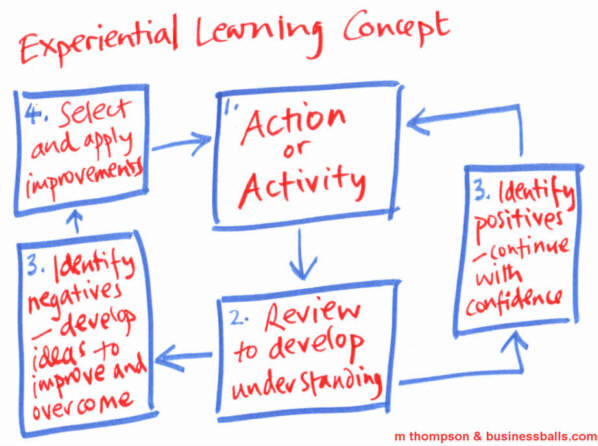UNIT 18 - ASSESSMENT TYPES AND TASKS

Unit 18 is about assessment types
and tasks. The main point here is that teachers assess learners for many different reasons, using some methods to do so. As future teachers
we must know that assess tasks are
the tasks we use for assessing learners and notice the progress they are having
on the lesson. I consider that the most important test is the progress test because if we want to
know the final knowledge about the topic that learners have studied after
finished teaching a course or a lesson this test will be the correct for the purpose
we want. So applying this kind of test we can get information and we decide if
we need to do more work on class or if we need to change the syllabus we were applying. Also, we
have to keep in mind that after assessing students we should provide feedback on the strengths and
difficulties that learners have on their learning process. Furthermore, I
believe that teachers should design the test according the learner's age and
also taking into account the topic they are learning, for example gap- fill or multiple choice questions. Finally, it is
relevant to know how I am going to assess my students in order to achieve the
purpose I will have with them.
You can look here for more information
http://app.griffith.edu.au/assessment-matters/docs/assessment-methods/tasks
http://www.uts.edu.au/research-and-teaching/teaching-and-learning/assessment/types-assessment


